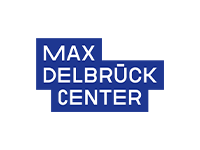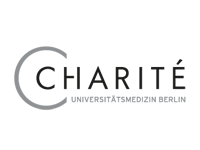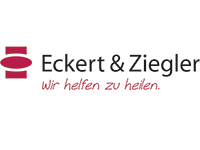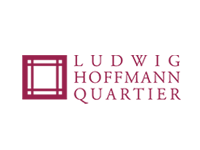Your selection
Patient care / 12.02.2025
When blood cancer starts to spread
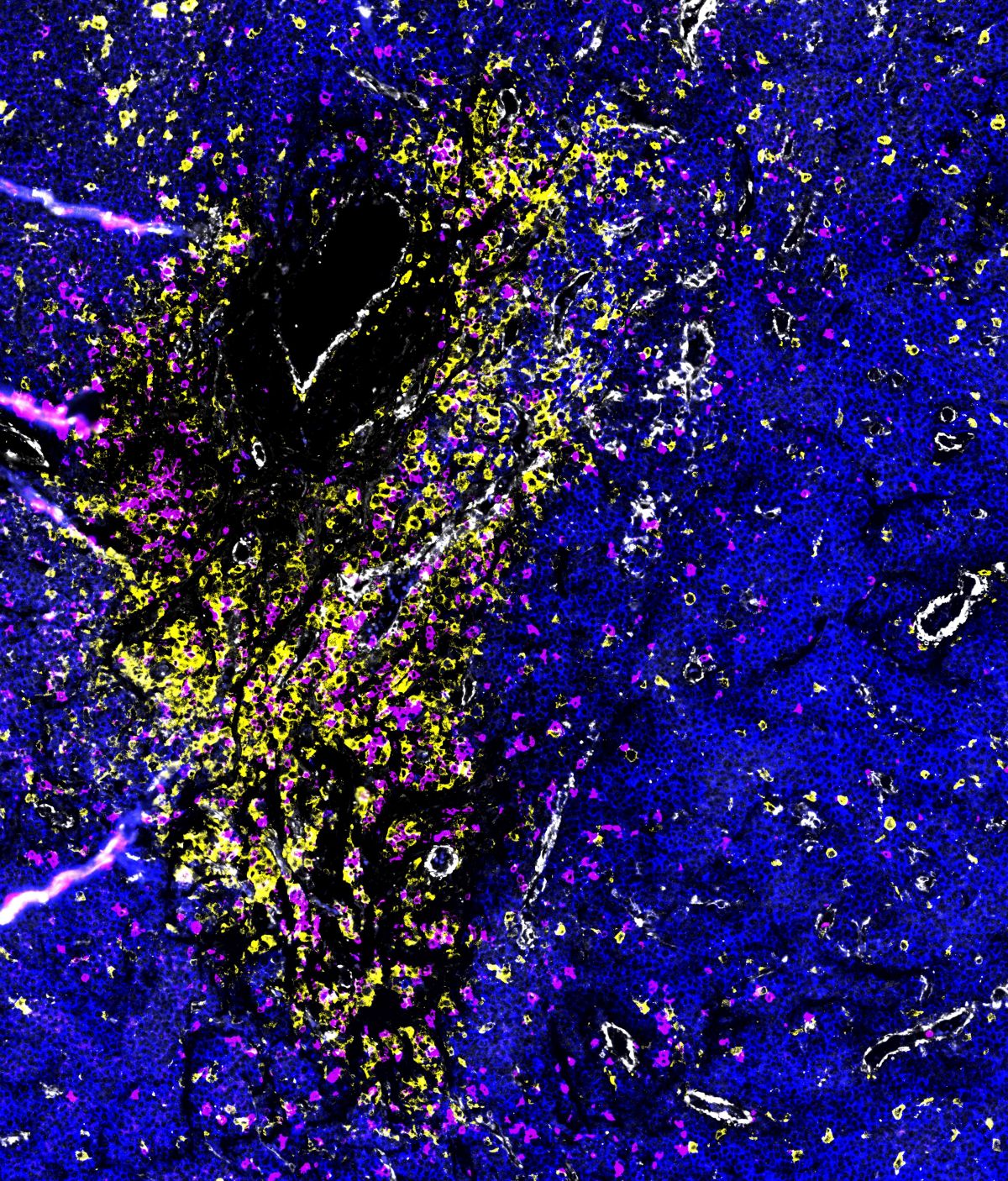
When blood cancer cells break through the bone and multiply, tumor cells become dangerously diverse and the immune response in the region changes, researchers from Berlin and Heidelberg report in “Science Immunology.” The detailed insights into cancer progression could advance diagnostics and treatment.
The incurable bone marrow cancer “multiple myeloma” often develops unnoticed in the bone marrow over decades. In advanced stages, lesions form that can destroy the bone and spread to other parts of the body. An interdisciplinary team from the Berlin Institute of Health at Charité (BIH), the Max Delbrück Center, the Queen Mary University of London's Precision Healthcare University Research Institute (PHURI), the Myeloma Center at Heidelberg University Hospital (UKHD), the University of Heidelberg and the German Cancer Research Center (DKFZ), together with other national and international partners, have been investigating what happens in these lesions when myeloma cells first break through the bone. The researchers discovered that the tumor cells diversify drastically when exiting the bone marrow, which also affects the immune cells in the cancer lesions. The new findings could contribute to more precise diagnostics and therapy, they report in “Science Immunology.”
When the tumor cells leave the bone, they find themselves in a completely different environment with different environmental conditions. “We suspect that this diversity helps the cancer cells adapt to survival outside the bone, enabling them to spread to other areas of the body,” says Dr. Niels Weinhold, head of Translational Myeloma Research at the UKHD's Department of Hematology, Oncology and Rheumatology.
Using innovative single-cell and spatial omics technologies, the team also examined for the first time how the immune system reacts to this “outbreak” of cancer cells from the bone. They discovered significant changes in the type and number of immune cells in the microenvironment of the cancerous lesions. For example, certain immune cells, known as T cells, had very different receptors and surface molecules in the foci outside the bone – a possible adaptation to the newly emerged heterogeneity of the tumor cells.
Uncovering the interaction between the immune system and cancer
“There seems to be a co-evolution between tumor and immune cells, in which both sides react to changes in the other,” says Professor Simon Haas, co-corresponding author of the study. He heads a lab in the joint focus area “Single-cell approaches for personalized medicine” at the BIH, Max Delbrück Center, and Charité – Universitätsmedizin Berlin. He is also chair for single cell technologies and precision medicine at PHURI. The researchers hypothesize that this intensified interaction between the immune system and the cancer may both promote and hinder the fight against the disease. The team is currently investigating which factors contribute positively or negatively to this interaction.
For their analyses, the international team used tissue samples that originated from myeloma lesions in various parts of the body. The material was obtained either by image-guided biopsies or during operations on fracture-prone or already broken bones. “Single-cell analysis and spatial multi-omics technologies enabled us to simultaneously investigate a wide range of properties of thousands of individual cells, taking into account their exact position in the tissue,” says Dr. Llorenç Solé Boldo, one of the first authors of the study.
The results could influence the diagnosis and therapy of myeloma in the future. Currently, samples for diagnosis are usually taken from the iliac crest (part of the pelvis) of patients. However, since the study has shown that cancer and immune cells in hotspots where the cancer cells break out of bone differ significantly from those in the iliac crest, these sites may be better suited for sample collection and allow a more precise assessment of the disease and possible adjustment of therapy.
Text: UKHD
Overview News
News Buch Berlin
Max Delbrück Center to host Helmholtz Drug Discovery meeting
Top scientists and companies will meet in Berlin-Buch for the 2025 Helmholtz Drug Discovery Conference from April 28-30 to discuss RNA drugs, PROTACs, AI in drug discovery, and chemoproteomics and to ...
more ...Eckert & Ziegler Signs Contract Manufacturing Agreement for Yttrium-90-based PentixaTher with Pentixapharm
Eckert & Ziegler Radiopharma GmbH (EZR), a 100% subsidiary of Eckert & Ziegler SE, today announced the signing of a manufacturing agreement with Pentixapharm, a clinical-stage biopharmaceutical compan...
more ...Talk im Cube: "International Cooperation and Funding programs in Life Sciences"
On May 15, we will feature four esteemed experts in the field who will share their insights and experiences on the importance of collaboration across borders and the role of funding in advancing life ...
more ...Events Buch Berlin
26.04.2025, 10:00
ADFC-Frühlings-Radtour entlang der Panke - von Mitte bis nach Bernau
Frühling entlang der Panke. Geschichten von der Mündung der (Ur)panke) bis zum Quellgebiet in Bernau. Weiter durchs historische Bernau zu den ehemaligen Rieselfeldern mit dem heutigen Hobrechtswald.
more ...26.04.2025, 10:57
Bird-Watching in English: Karower Teiche
Excursion with the Volkshochschule Pankow: Level Englisch B1 plus
more ...28.04.2025, 16:00
Repair-Café im Bucher Bürgerhaus
Die “Selbsthilfe in Buch” lädt bei Kaffe, Obst und Kuchen zum gemeinsamen Tüfteln und Plaudern ein. Dabei unterstützen unsere Profis die ratlosen Besitzer defekter, quietschender und wackelnder Gegens...
more ...

